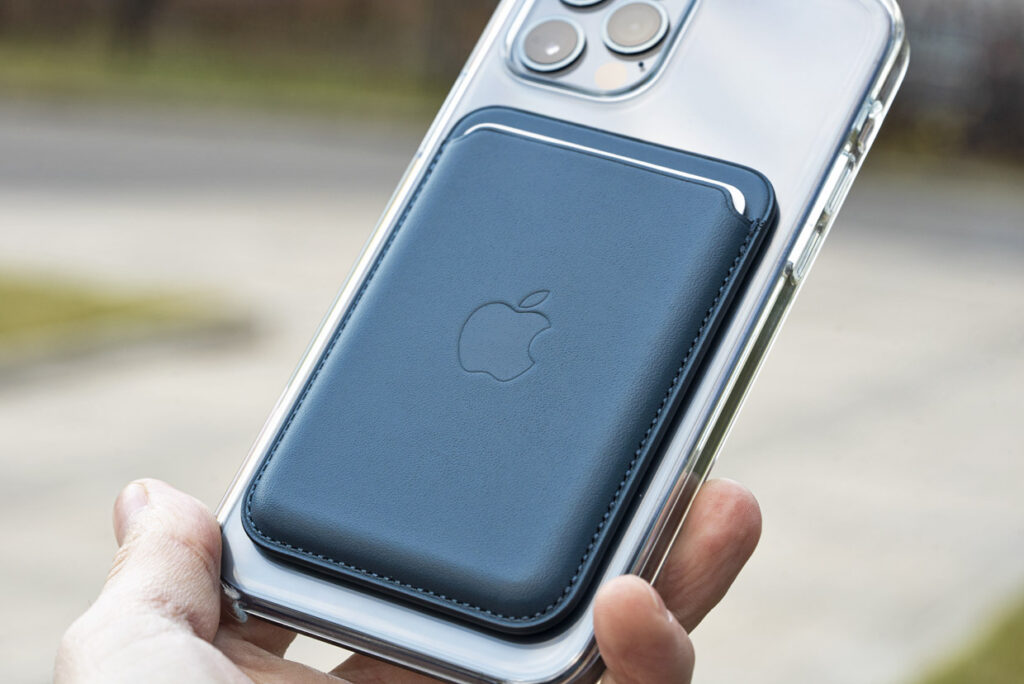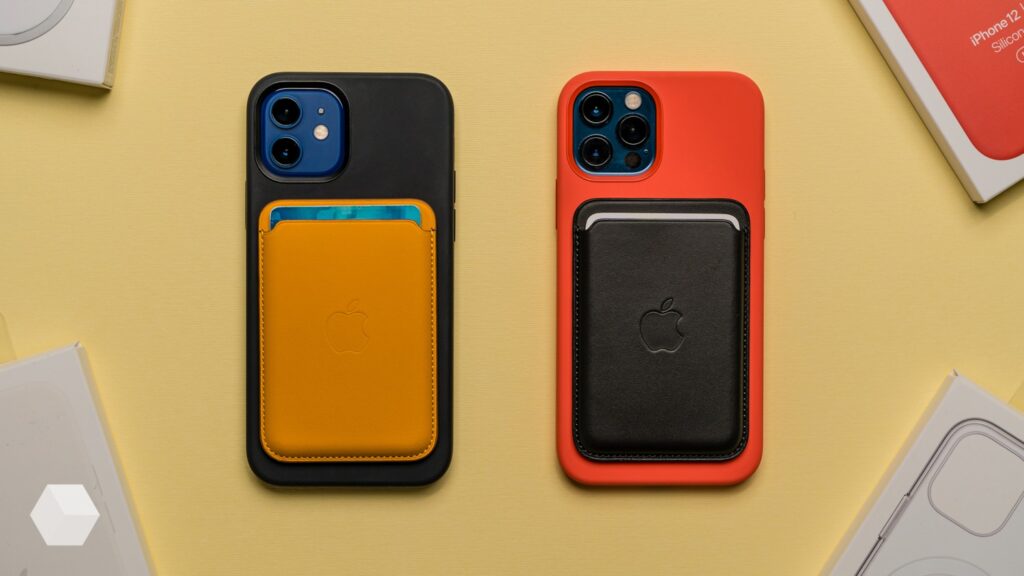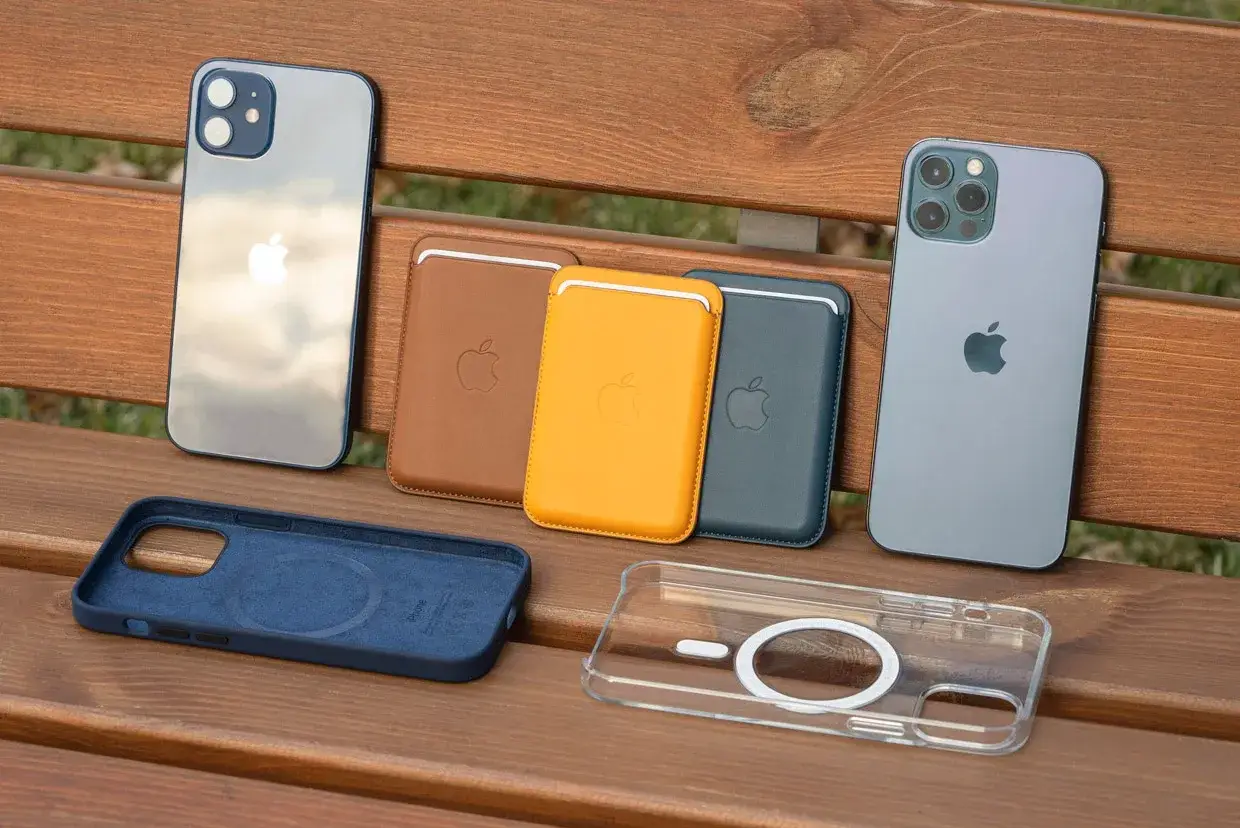A good magnetic phone wallet should disappear into your routine while quietly solving three jobs at once: it keeps your grip secure, it protects your cards from wear and wayward scans, and it becomes a stable stand when you need video or a quick call. The challenge is that most wallets nail only one of these and compromise the others with weak magnets, fussy access, or a stand that topples the moment you tap the screen. The fix is to treat the wallet as part of the phone’s ergonomics, not a separate accessory. You want strong shear resistance so it doesn’t slide off in a pocket, practical shielding so your cards survive daily taps and travel, and hinge geometry that holds both portrait and landscape at useful angles without adding a brick of thickness. When those pieces line up, you carry less, your phone feels better in hand, and your cards stay secure and quick to reach.
Magnet strength and alignment decide whether it stays on or sneaks off

Magnetic wallets live or die on two axes: pull-off strength and shear resistance. A wallet that resists straight pulls but slides sideways will still end up at the bottom of a bag, so look for designs that spread the magnetic ring and include supplemental magnets or grippy textures to counter pocket friction. Case thickness matters: thicker, multi-layer cases and non-magnetic plates weaken the coupling, while MagSafe-style rings or Qi2-ready cases keep alignment crisp. Silicone or pebbled leather faces also help by adding friction where the wallet meets the case. Test for torque by placing the phone face up, attaching the wallet, and brushing it sideways with two fingers; if it shifts easily, it will creep in jeans. Then do a pocket test: insert and remove the phone five times in one motion. A wallet that stays flush, doesn’t rotate, and doesn’t singe your confidence is the right baseline. Alignment should be self-centering every time so stand modes and card slots line up without fiddling.
Shielding, spacing, and card orientation protect the stripes and the chips
Cards fail for two boring reasons: cumulative flex and repeated magnetic or RF interference. A well-built wallet adds a stiff backer to limit bending, a smooth liner to reduce abrasion, and a thin shield layer that dampens stray fields without turning the whole thing into a brick. Magnetic stripes are less common than they used to be, but hotel keys and older transit cards can still be temperamental when parked against a magnet for days; spacing helps as much as shielding, so prefer designs with a divider that lifts the first card a few millimeters off the magnet plane. For contactless cards, shielding is more about privacy and reliability than danger; you want the card to scan when you intend, not as you brush past a reader. Keeping the tap-to-pay card either in the outer slot for quick removal or behind a shielded panel prevents accidental reads. Store cards face-to-face so embossed numbers don’t emboss each other, and avoid overstuffing, which multiplies flex and shortens life.
A stand you’ll actually use needs stable angles in both portrait and landscape
A “stand” that only props the phone at a single shallow angle is a gimmick. Real utility means two stable modes: portrait for calls, reading, and scanning, and landscape for video. The hinge should sit far enough from the magnet plate to form a broad triangle with the table, which lowers the center of gravity and resists pokes on the screen. Look for detents or enough hinge friction to hold at roughly 55–65° in portrait for eye-level framing, and around 35–45° in landscape for glare-free viewing and typing on a tray table. The best designs keep the kick section narrow so it doesn’t wobble on uneven café tops, yet wide enough that a casual tap doesn’t collapse it. Test with one-handed swipes: if the stand scoots or buckles when you pull down a notification shade, the geometry is off. Bonus points if the stand supports a low portrait angle for handwriting or sketching, which makes quick signatures and notes comfortable without a separate cradle.
Grip and ergonomics: texture, contour, and how it changes one-hand reach
A wallet should make the phone easier to hold, not slicker or bulkier. Texture matters more than thickness here; fine-grain leather, micro-ribbed polymers, or canvas-like weaves give your fingertips a purchase that glossy plastics cannot. Rounded wallet edges reduce hot spots against your palm, and a slight concavity where your fingers naturally land can improve one-hand reach across big screens. Some wallets add a collapsible loop or strap integrated into the stand panel; used sparingly, that loop steadies the device on stairways and in crowded trains, then vanishes when you pocket the phone. Keep weight in mind: a few extra grams at the back change balance during long reads, so favor dense but thin materials over padded panels that act like a cushion and invite bounce. The grip test is simple: hold the phone by the lower half, reach your thumb across to the far top corner, and perform a small swipe. If the phone stays planted with relaxed fingers, the wallet is helping, not hindering.
Capacity and access: quick retrieval without stretching or card shingling
The sweet spot for capacity is two to three cards plus a folded note. More than that and friction skyrockets, edges rub, and the wallet bulks up in ways that compromise the stand. A good layout uses a primary slot with a pull-tab or a curved cutout so your daily card slides out in one motion, and a secondary slot that is slightly tighter for seldom-used IDs. Linings should be soft enough to avoid scratching holograms but not so slick that cards eject themselves when you flip the phone. Avoid designs that “shingle” cards partially exposed; they look tidy but catch on pockets and invite wear. If you keep emergency cash, store a single folded bill behind a liner or under the stiffener so it never interferes with card movement. For tap-to-pay, make the motion deliberate: either pop the card out a centimeter to scan, or detach the wallet in one smooth lift if your reader struggles through shielding. Access that works without looking is the benchmark.
Compatibility, charging, and everyday flow with cases, mounts, and chargers

A wallet that plays well with the rest of your setup is the difference between daily joy and drawer clutter. Pair it with a case that has an embedded magnetic ring so alignment stays strong; avoid adhesive plates that block wireless charging or confuse alignment pins on stands. If you charge on a MagSafe-style puck, plan to lift the wallet off, charge, then reattach; thin designs make that gesture instant. In cars, magnetic mounts must hold through bumps without stealing the wallet’s seat—choose mounts that clamp the phone while the wallet stays on, or keep a second magnet plate on the mount side that doesn’t conflict with the wallet’s polarity. At desks, stands with alignment rings position the wallet repeatably so you keep using the kick feature instead of hunting for a sweet spot. Maintenance is simple: brush lint from the liner, wipe the magnet face, and check the hinge for grit. When the wallet works with your case, your charger, and your day, you forget it’s an accessory and start treating it as part of the phone.

Leave a Reply